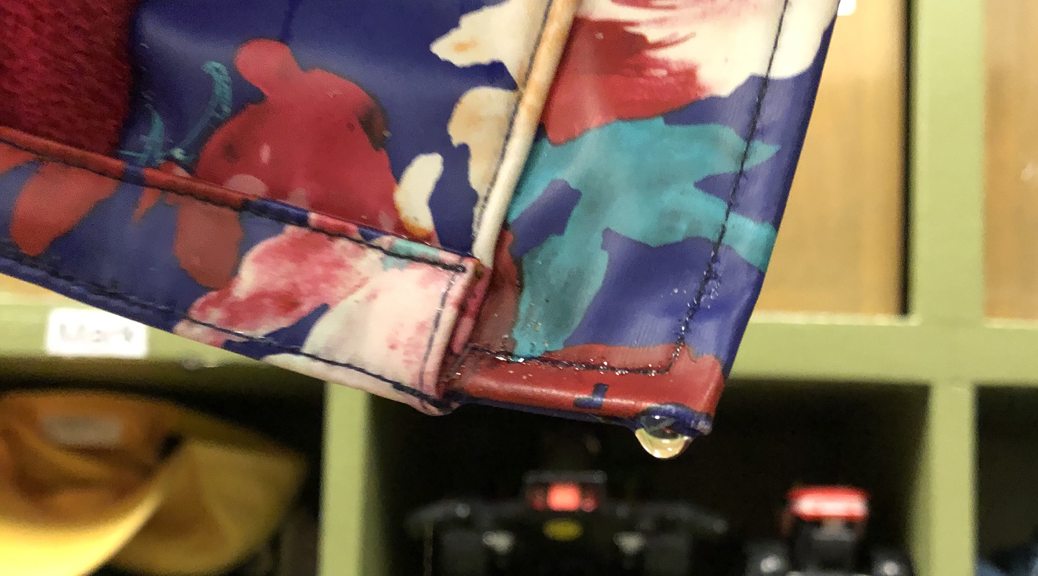Nicole Land thinking with Sanja Todorovic and Jajiba Chowdhury
In a toddler classroom, we began by being curious about running and thinking with questions of running and of what running ‘does’; what running creates, what running produces, what running invites, what consequences running generates. This makes me curious about how we get to know running. With what ideas or concepts or inheritances or relations do we build our understandings of what running does or how running happens with children? For me, when I try to name how I understand running, I think often about space and I consider running in relation to spatial considerations: running around bookshelves, running across tile floors, running in tight quarters. Another familiar way that I understand running is in relation to place: running on slippery grass, running across crosswalks, running on really hot days. My phys-ed training always makes me think too about running as gross motor skill: running as a form of locomotion, as an activity that happens at a high intensity, as a way to exercise our bodies. Space, place, and motor skills are then, for me, familiar ways of getting to know running, and they all have particular consequences for how I notice running, how I interpret running, and how I create conditions (spaces, rules, relations) for (or not for) running.
Continue reading What does Running do? →







